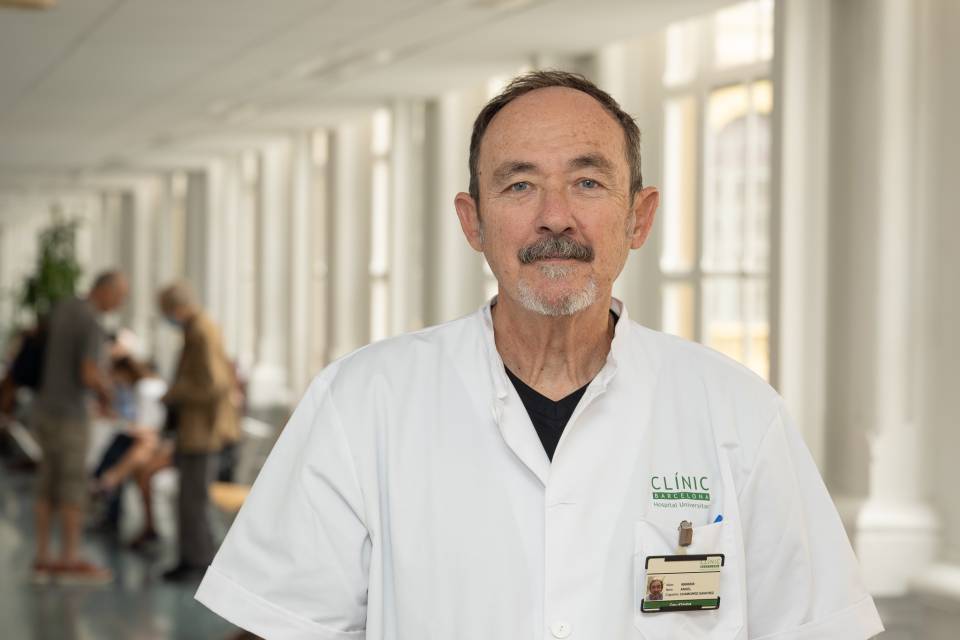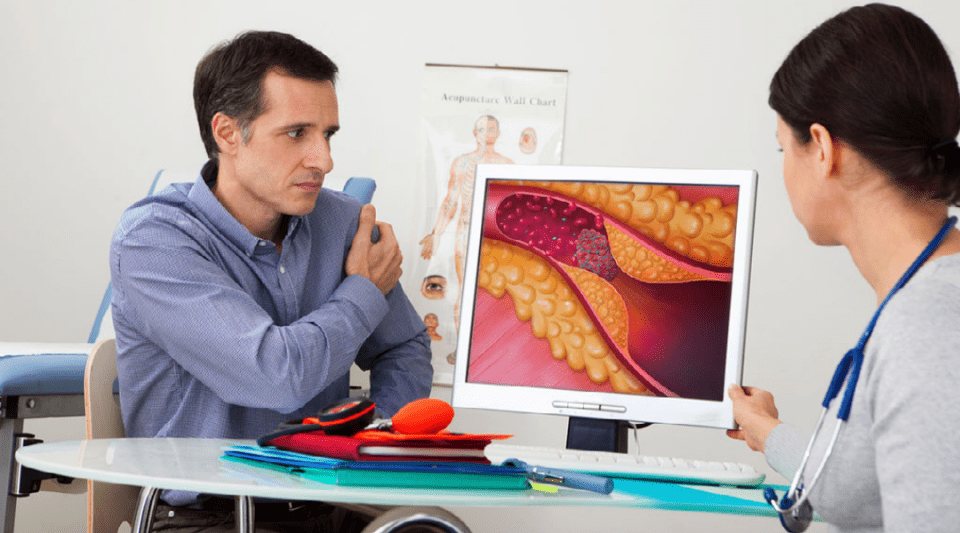- What is it?
- Causes
- Symptoms
- Risk factors
- Tests and diagnosis
- Treatment
- Life after a disease
- Research lines
- Frequently Asked Questions
-
The disease at the Clínic
- Team and structure
Living after a Stroke
Stroke is a disease that can have a significant impact on the lives of those affected by it. Its consequences vary widely from person to person, depending on several factors. It is estimated that after a stroke:
- One third of patients make a satisfactory recovery, returning to their daily activities with little or no disability.
- Another third are left with severe sequelae, which can affect mobility, speech, cognitive function and autonomy in daily life.
- The remaining third may unfortunately die, with death occurring either during hospitalization or in the following months due to medical complications.
Recovery after a stroke is determined by several factors, the most important being: the initial severity of the stroke, the area of the brain affected, age, the response to treatment and rehabilitation.
- Severity of stroke and extent of brain damage. The magnitude of the sequelae is directly related to the size of the blocked artery and the extent of the affected brain tissue. A stroke involving large arteries tends to cause more severe deficits, while those affecting smaller arteries often lead to milder symptoms.
- Age and prior health status. Older people are often less resilient due to their reduced brain plasticity and the presence of other chronic conditions such as hypertension, diabetes or heart diseases. However, biological age is more important than chronological age. In other words, an older person in good overall health with no significant risk factors may recover better than a younger person with multiple medical issues.
- Rehabilitation and follow-up support. Early rehabilitation is essential to improve mobility, speech, memory and autonomy in daily activities. Physiotherapy, occupational therapy and psychological support can make a big difference in the patient’s quality of life after a stroke. The family and social environment also play an important role, as emotional support and stimulation can speed up recovery.
People who have suffered a stroke may experience some complications and after-effects (sequelae):

Weakness, lack of coordination or uncontrolled movement. It's a secondary disability that tend to improve, but even with rehabilitation therapy, complete recovery cannot be guaranteed.

More likely to suffer falls. It is important to exercise and strengthen muscles, and also improve balance. Features in the home that imply an increased risk of falls should be identified and modified; for example, remove rugs, use bath or shower chairs, fit handles and wear nonslip shoes.

Visual disturbances. Sometimes patients lose half their visual field, a condition called hemianopsia. With a little training can be compensated for by turning the head to look towards the damaged side.

Language disorders. A speech therapist will assess and rehabilitate, where possible, any post-stroke speech disorders.

Spasticity. Is another common problem comprising a permanent contraction of certain muscles. This can lead to stiffness, pain, spasms and hinder certain

Disorder senility. Manifesting with symptoms of pins and needles, uncomfortable sensations or numbness to touch.

Superficial pain. Known as central pain syndrome, that produces a burning or stinging sensation which worsens when touched, in contact with water or upon moving. Some antidepressants and anticonvulsants are effective at controlling this type of pain. Stroke patients who subsequently suffered paralysis in one arm may feel pain in that shoulder. Episodes of pain can be treated with simple painkillers but if the pain persists patients should be.

Dysphagia or difficulty swallowing. It is one of the most common complications after having a stroke, so screening is always performed during hospitalisation. To help patients with dysphagia, we can modify the diet, adjust food textures or use safe feeding techniques when needed. Providing health education at discharge is essential to prevent complications in these patients. After hospital discharge, it’s important for a speech therapist to oversee rehabilitation and regularly reassess the patient’s swallowing difficulties.

Urinary incontinence. It tends to be a temporary effect, although it may endure in patients with significant sequelae. If the problem persists when the patient is discharged from hospital, healthcare professionals should be consulted about incontinence treatment and management.

Mood disorders during convalescence, rehabilitation and even after recovery. Depression, apathy, irritability or emotional lability (uncontrollable swings from crying to laughing, or crying and/or laughing for no apparent reason) are potential sequelae of a stroke. Healthcare professionals should be consulted whenever a stroke patient presents any signs of a mood disorder.

Cognitive impairment (e.g., a decline in memory, attention span and orientation, or difficulty planning and organising tasks). Although this decline can improve over time, if it affects the patient’s recovery they will probably need to be referred to a specialist.
Recovery after a stroke can be complex and varies greatly depending on the severity of brain damage, the patient's age and their overall health before the stroke. In many cases, especially after severe strokes, a full recovery may not be possible. However, the goal of rehabilitation is to help patients adjust to their new situation in order to regain self-esteem, improve their autonomy and quality of life, support them as they adapt to their new reality and maximize their functional abilities. Rehabilitation after a stroke requires a multidisciplinary approach involving various healthcare professionals such as doctors, physiotherapists, speech therapists, occupational therapists and nurses.
Rehabilitation typically begins early during hospital stay, once strict rest is no longer necessary. Effective rehabilitation relies on repetitive, intensive therapy tailored to each patient’s specific goals. For moderate to severe strokes, most recovery is experienced within the first three months after the stroke. After that, recovery continues at a slower pace up to six months, with some patients experiencing slight improvements for up to a year.
In most cases, strokes can be prevented by adopting a healthy lifestyle and properly managing risk factors. It is estimated that approximately 80% of strokes could be avoided through lifestyle changes, while the remaining 20% depend on the appropriate use of drugs to control predisposing conditions such as high blood pressure, diabetes, or atrial fibrillation.

Healthy diet. Following a healthy diet is essential for both primary and secondary stroke prevention. Following a Mediterranean diet has been shown to reduce the risk of stroke. This diet is rich in fruit and vegetables, virgin olive oil, whole grains, pulses, nuts and unsaturated fats. It’s important to limit salt intake, processed meats, and sugary drinks.

Maintaining a healthy weight and exercising. Physical activity is essential not only for preventing stroke but also for supporting recovery after having one. Exercise helps improve your functional capacity and quality of life while also reducing the risk of developing cardiovascular diseases by lowering blood pressure and blood sugar levels. Whenever possible, it is recommended to do low to moderate intensity aerobic exercises (such as walking, jogging, cycling, dancing, or swimming) about 3 to 5 days a week, during 20 to 40 minutes per session. It is also important to include strength training exercises about twice a week.

Stop smoking. Stopping smoking after a stroke brings many health benefits, both in the short and medium term, and reduces the risk of having another stroke or other cardiovascular problems. In the short term, you will notice improvements in your sense of taste and smell, feel less tired during activities, and save money, among other benefits. After one year of quitting smoking, the risk of stroke is cut in half, and after five years, the risk is similar to that of non-smokers. Primary care centres have teams of professionals who can help patients that want to stop smoking.
Regular follow-ups with your primary care doctor and nurse is essential for managing these diseases.
Do not stop your medication without medical advice. If you experience any side effects that affect your quality of life, please consult your doctor or nurse.
Recent studies have confirmed that diet plays a very important role in producing a generally healthy vascular system and in stroke prevention. A Mediterranean diet contains the main components of a healthy diet, as it features a high intake of cereals, fruits, vegetables, rice, pasta, fish, and olive oil, and a reduced intake of high-fat meat and dairy products, sugar and alcohol (preferably red wine or beer).
The PREDIMED study compared the effects of taking large amounts of olive oil or nut supplements with another study group who only followed recommendations for a healthy diet. The study was terminated prematurely because patients in the latter group experienced more vascular complications, such as myocardial infarction and particularly stroke, than those in the two groups receiving olive oil or nuts. This study represents the highest degree of scientific proof attainable from medical research and therefore the consumption of olive oil and nuts can be recommended as a means to prevent vascular diseases such as stroke.

Drugs. Prevention treatment is not always the same for each patient, as it must be adapted to the underlying disease responsible for the stroke. There are two large groups of medicines used to reduce the chance of producing a blood clot:
- Antiplatelet agents. These medicines inhibit platelet function; platelets are blood cells involved in the formation of plaques on artery walls and blood clots. The most commonly used antiplatelet agent is acetylsalicylic acid, better known as Aspirin®.
- Anticoagulants. Anticoagulants form the second group and work by inhibiting substances known as coagulation factors. The most widely used anticoagulant in Spain is Sintrom®. It must be monitored regularly to determine if coagulation is well controlled and to discover the correct dose for each patient. In recent years, three anticoagulants have been marketed which provide the same function as Sintrom® but they are administered in fixed doses and without the need to monitor the anticoagulant effect.
- Drugs to control high blood pressure, diabetes and hypercholesterolemia. Sometimes specific medicines are also required to maintain blood pressure (below at least 14/9), blood sugar (glycaemia) and cholesterol levels within normal values.
At least 2% of the Spanish population take anticoagulants. These medicines impede coagulation and are primarily used to prevent a heart-related stroke which is usually due to atrial fibrillation.
This is an arrhythmia affecting the normal function of the atria (two of the heart’s chambers) and potentially causing the formation of blood clots that may travel through the circulatory system until they block one of the body’s arteries, for example in the brain, causing what is known as an embolism.
Most patients who are diagnosed with this arrhythmia, especially if they have already suffered a stroke, are indicated anticoagulants because they significantly reduce the risk of stroke. The most commonly used anticoagulant agents are acenocoumarol (Sintrom®) and warfarin. These medicines require regular laboratory tests to control the extent of their anticoagulant effect as they do not produce the same response in everybody and thus a unique, fixed dose cannot be recommended for all. New agents have been introduced in recent years, such as dabigatran, rivaroxaban, apixaban, which have a different mechanism of action and can be administered at a fixed dosage without the need for coagulation monitoring.
Studies which formed the basis for the commercialisation of these new products demonstrate that they match traditional anticoagulants for effectiveness and equal or better their safety regarding the risk of haemorrhages.
Hence these new anticoagulants are being prescribed in the same situations as acenocoumarol and warfarin. However, as they are much more expensive, most healthcare systems recommend their use in cases where they may imply an advantage, for example, in patients who have presented brain haemorrhage complications and so the use of traditional anticoagulants would be risky.
Substantiated information by:
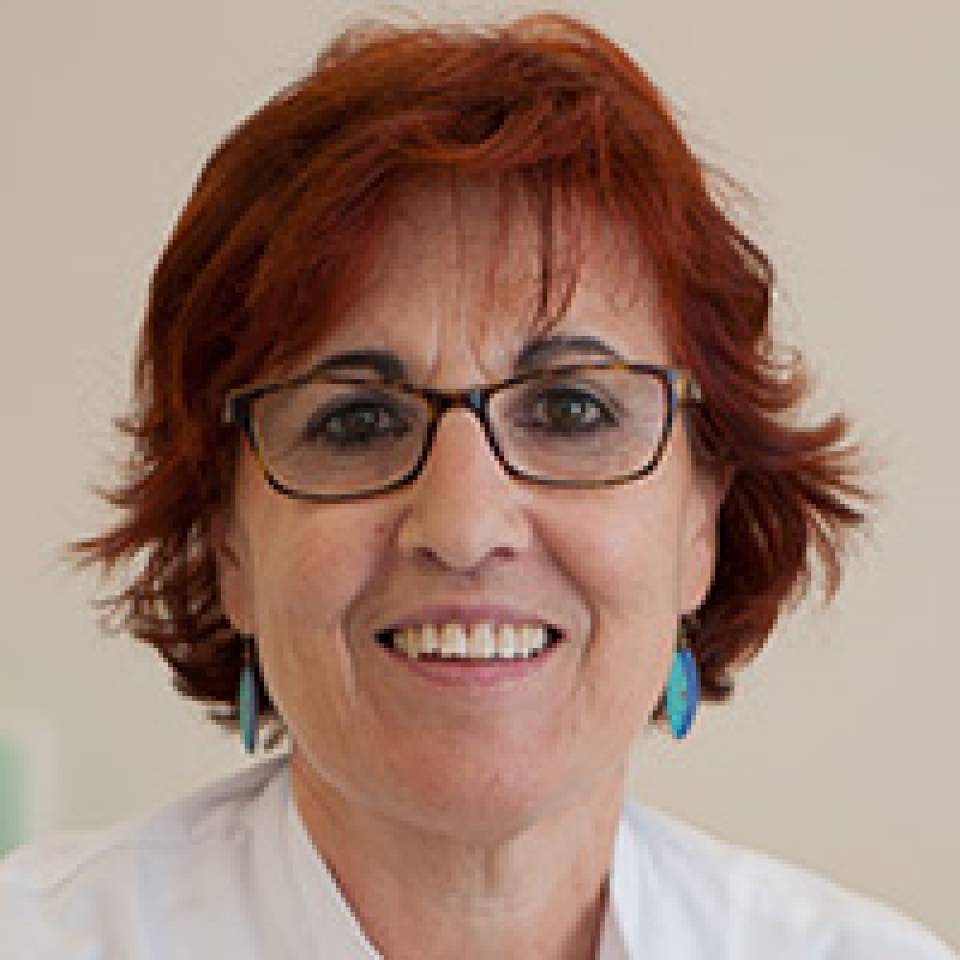
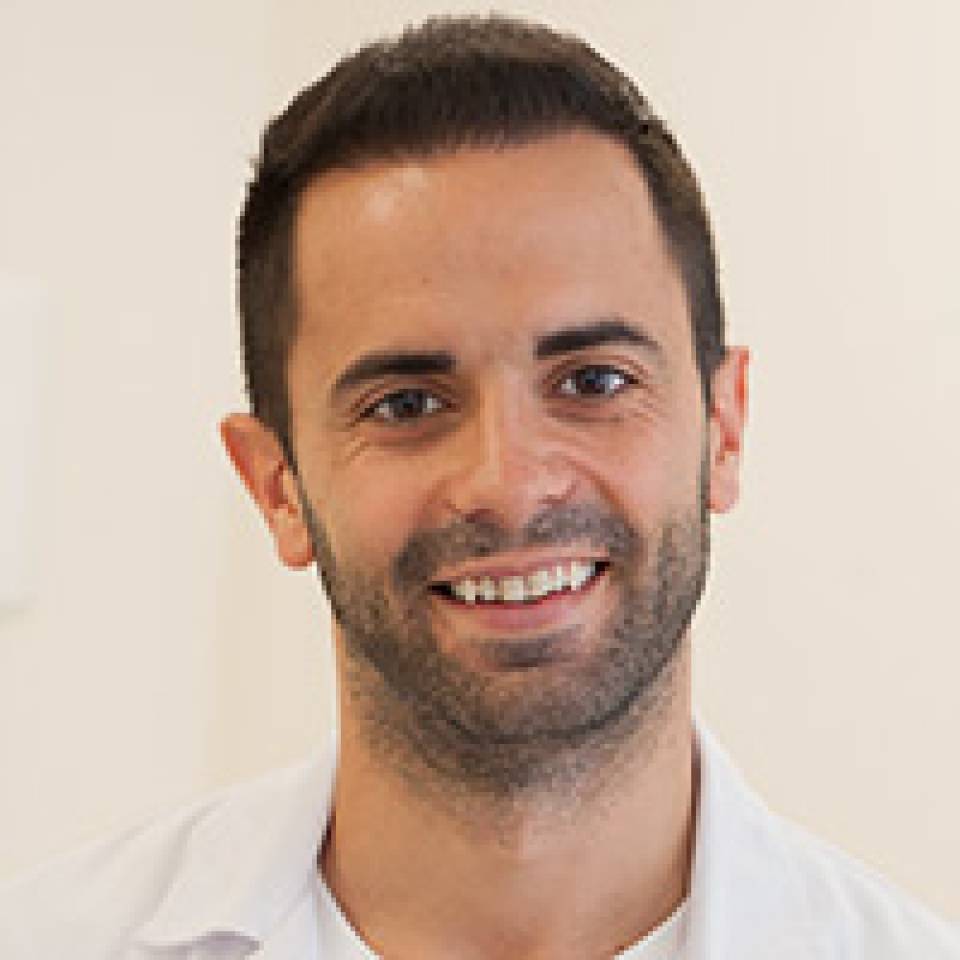

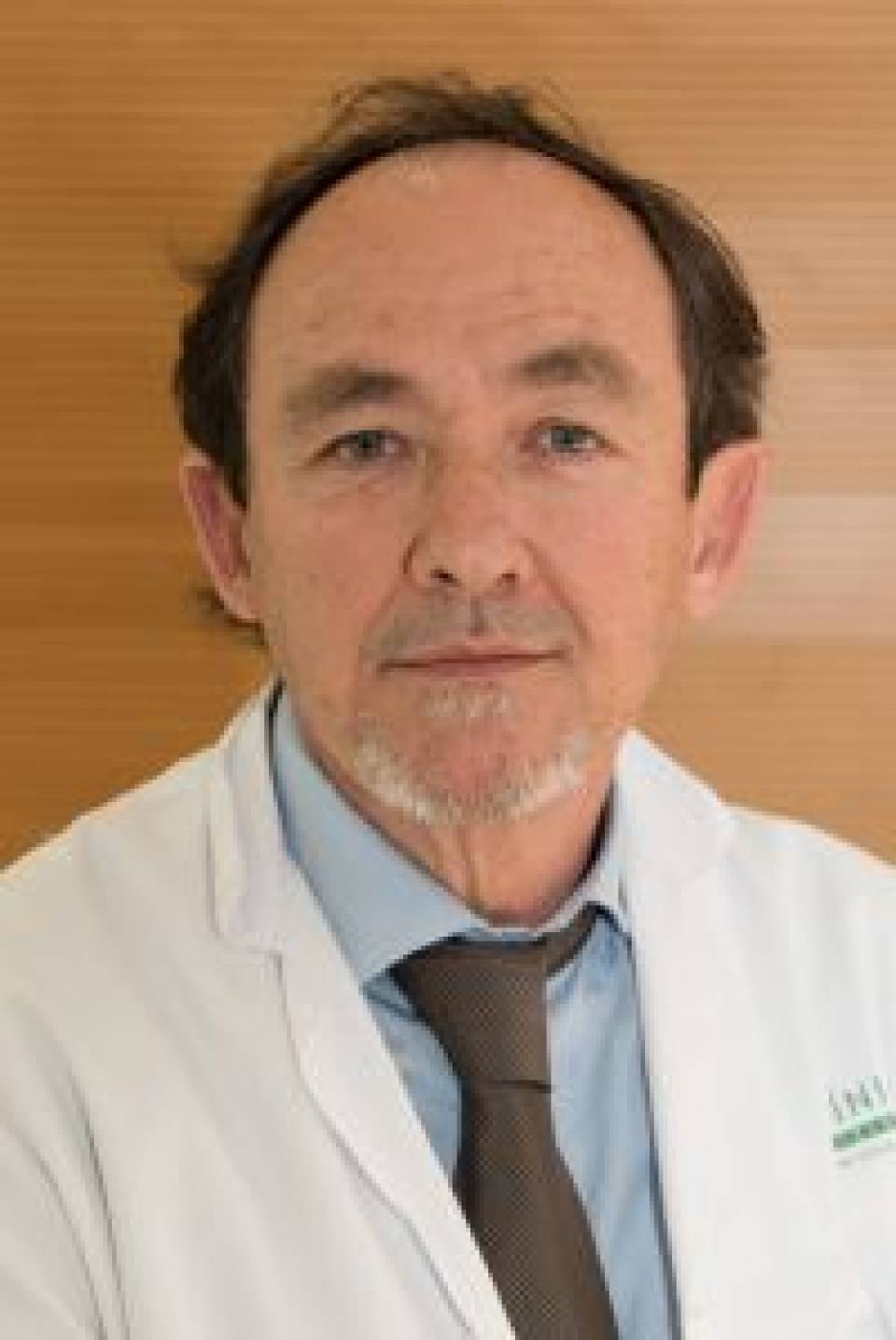
Published: 20 February 2018
Updated: 24 July 2025
Subscribe
Receive the latest updates related to this content.
(*) Mandatory fields
Thank you for subscribing!
If this is the first time you subscribe you will receive a confirmation email, check your inbox
